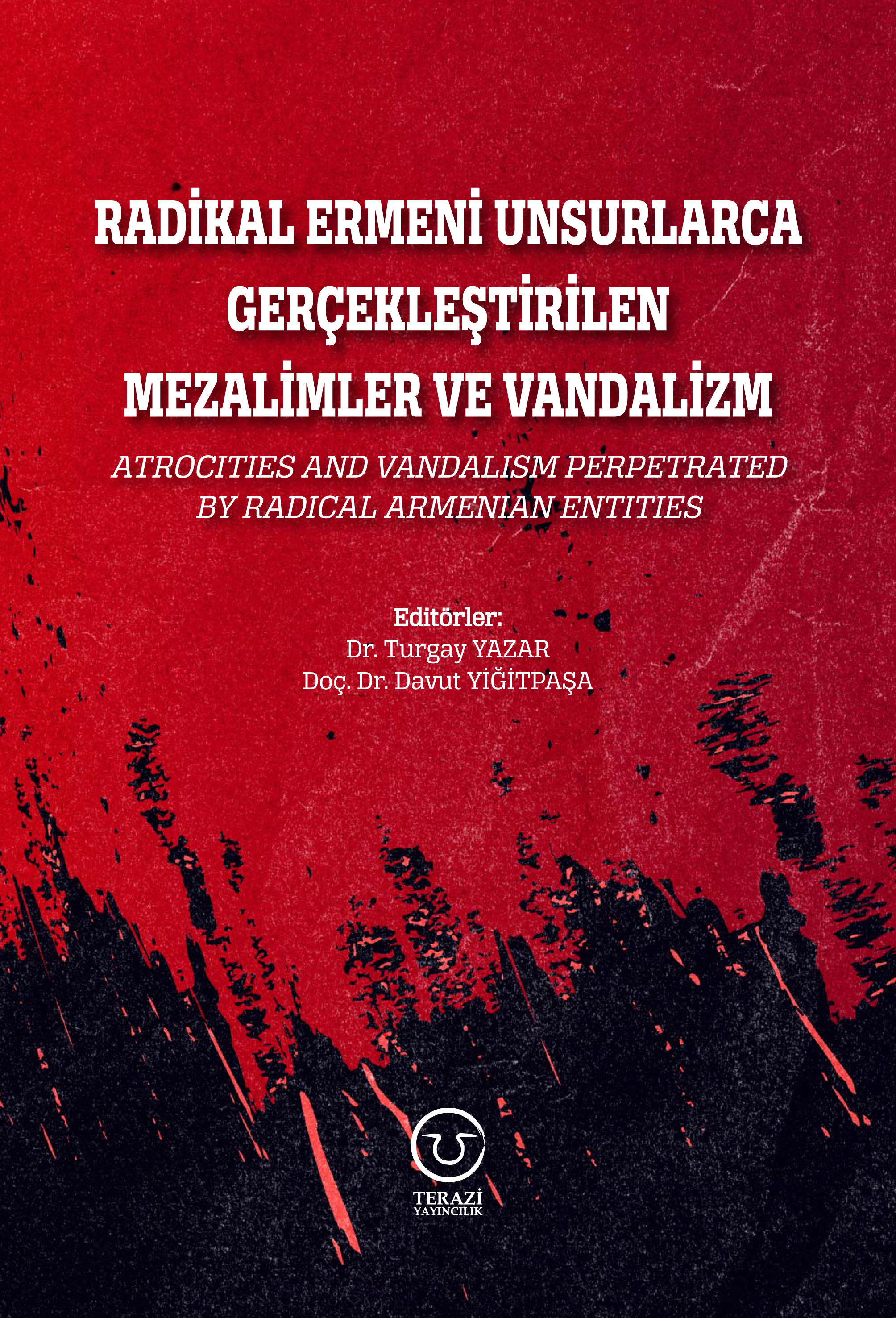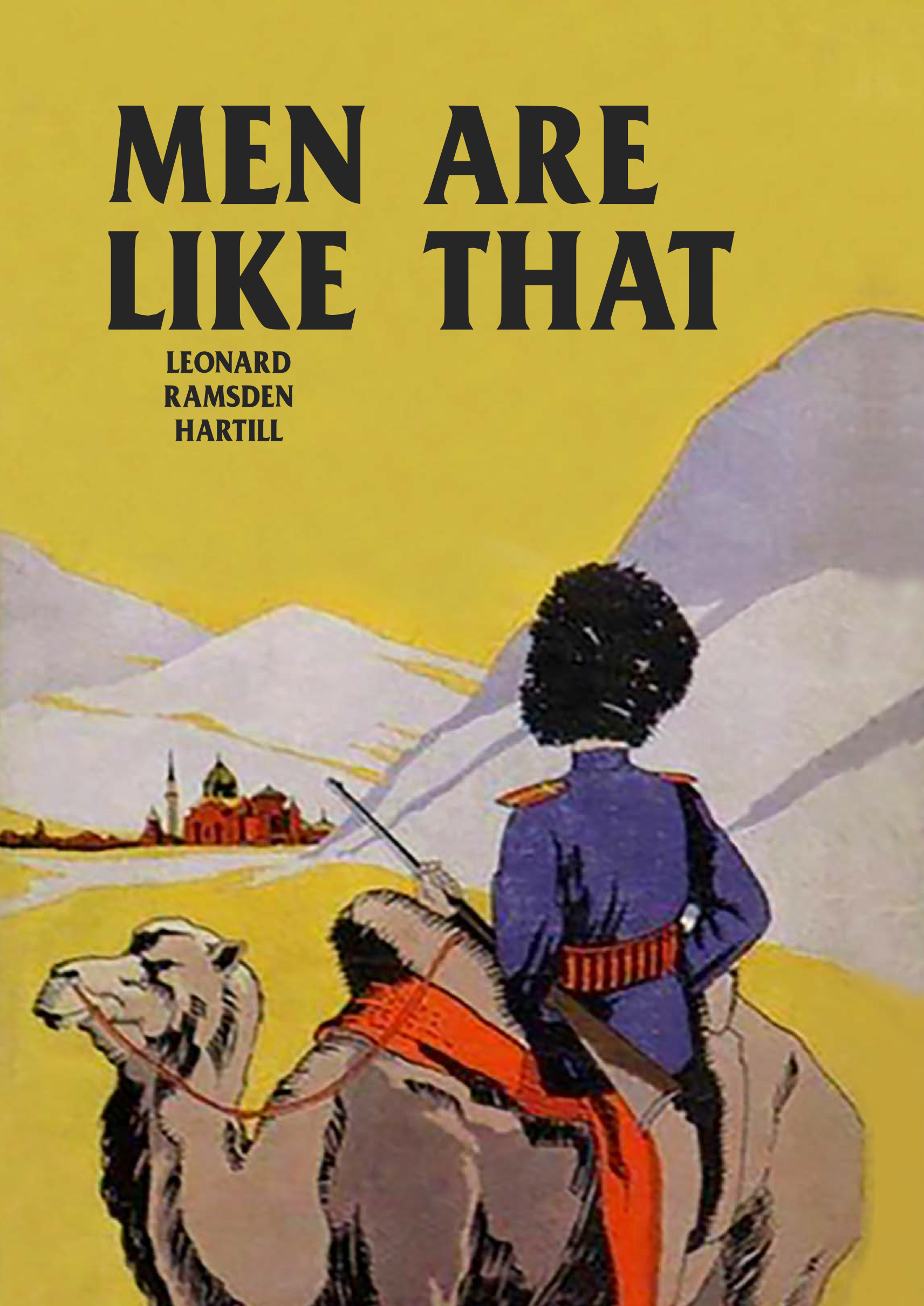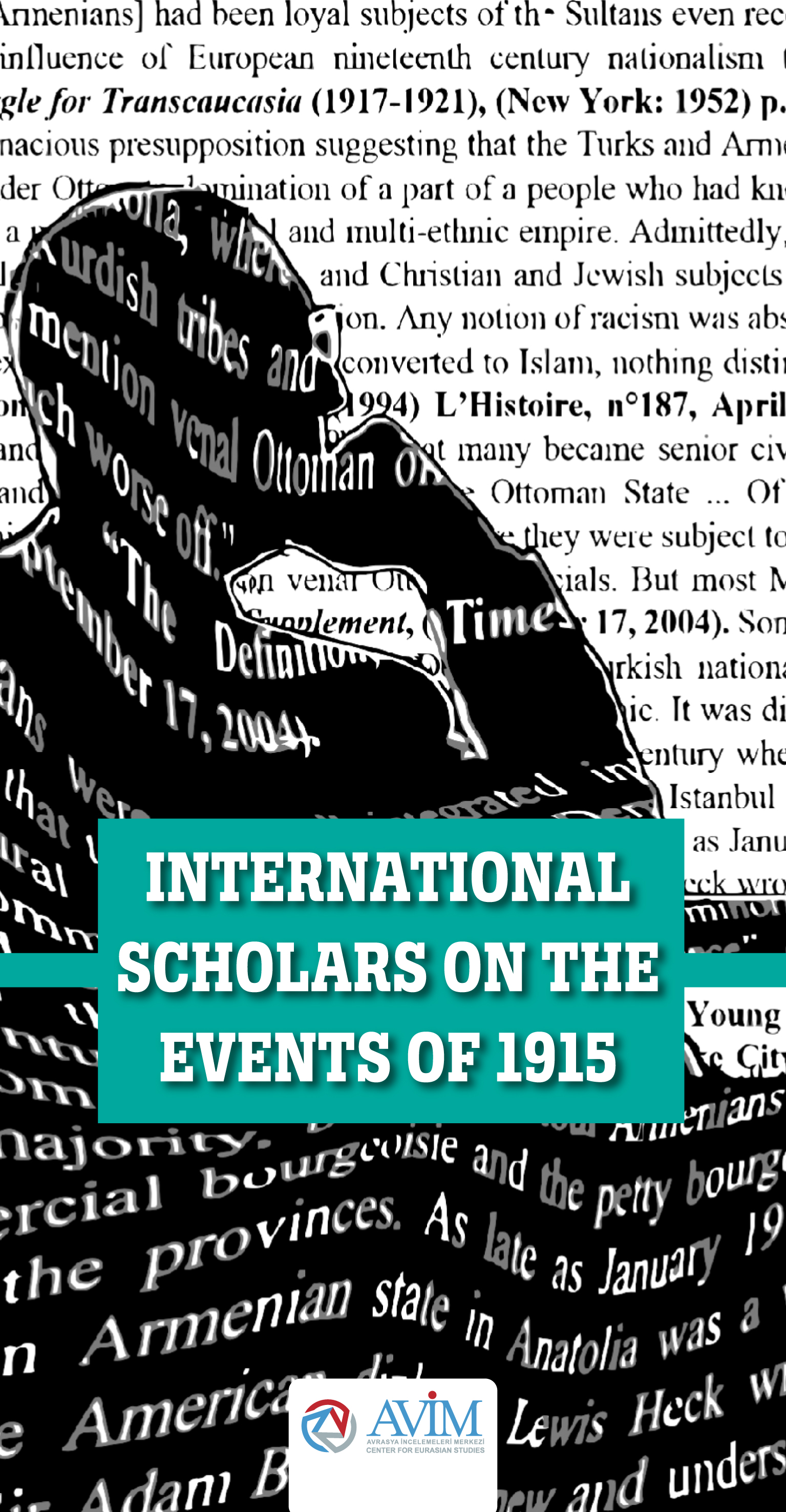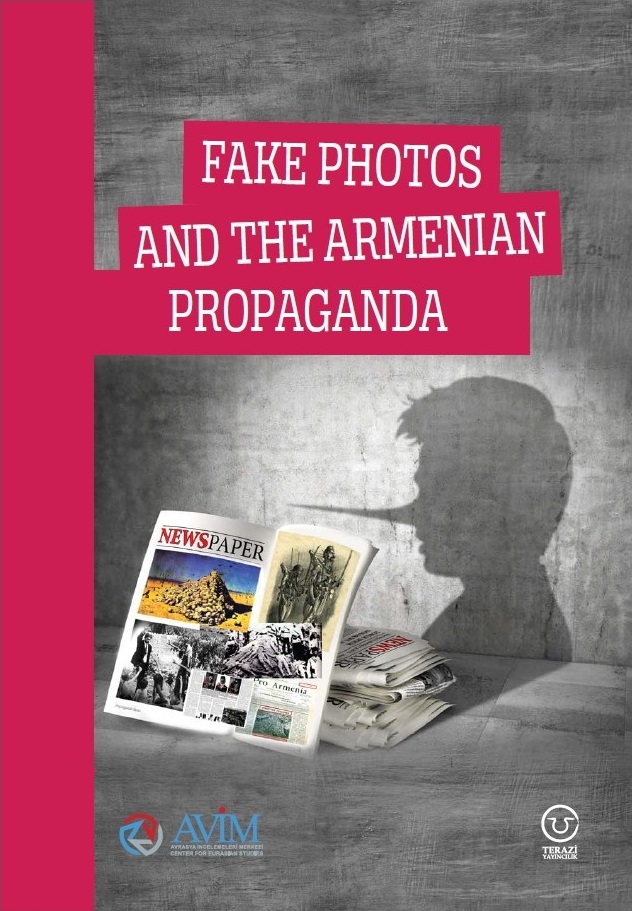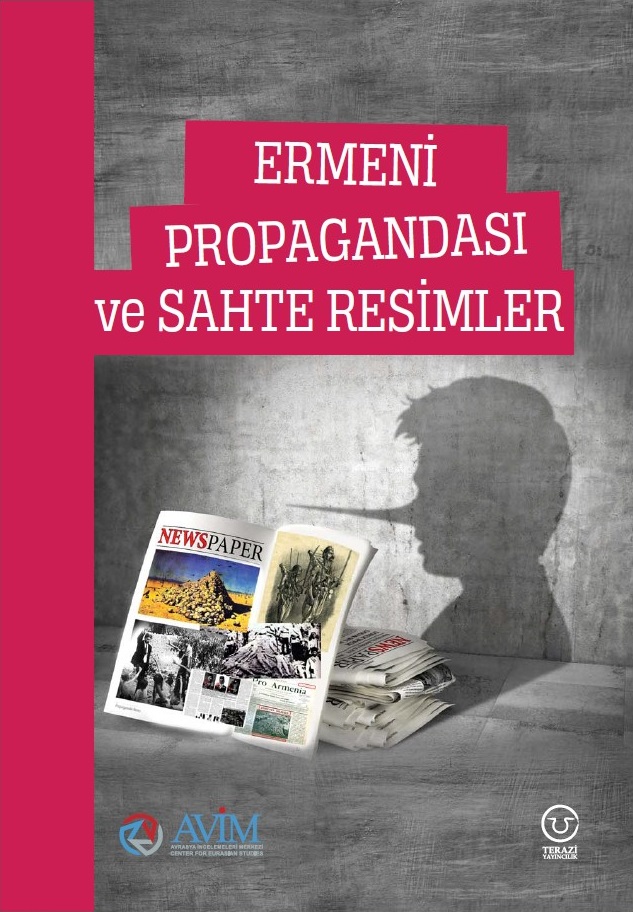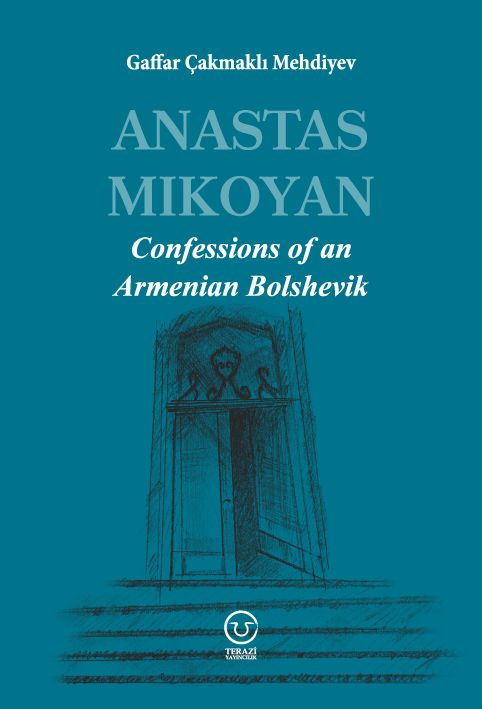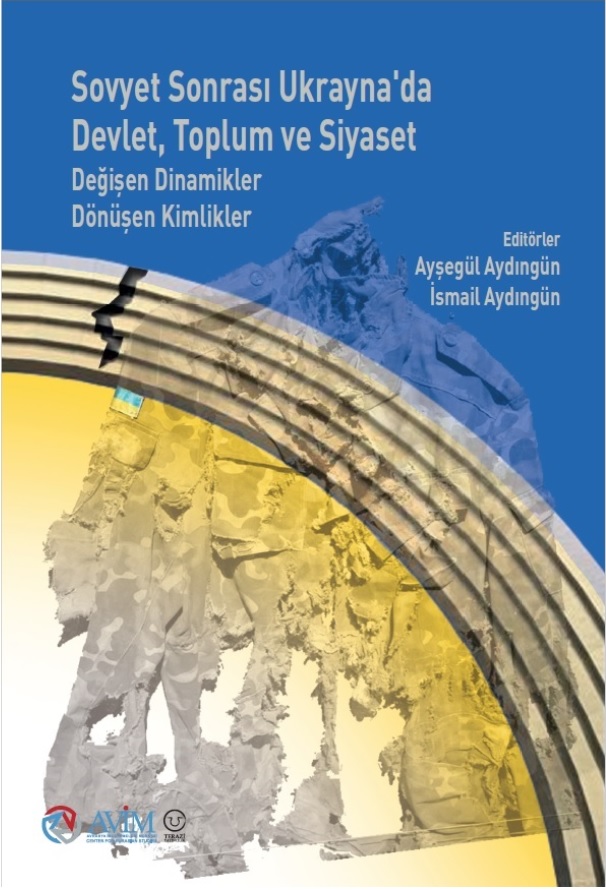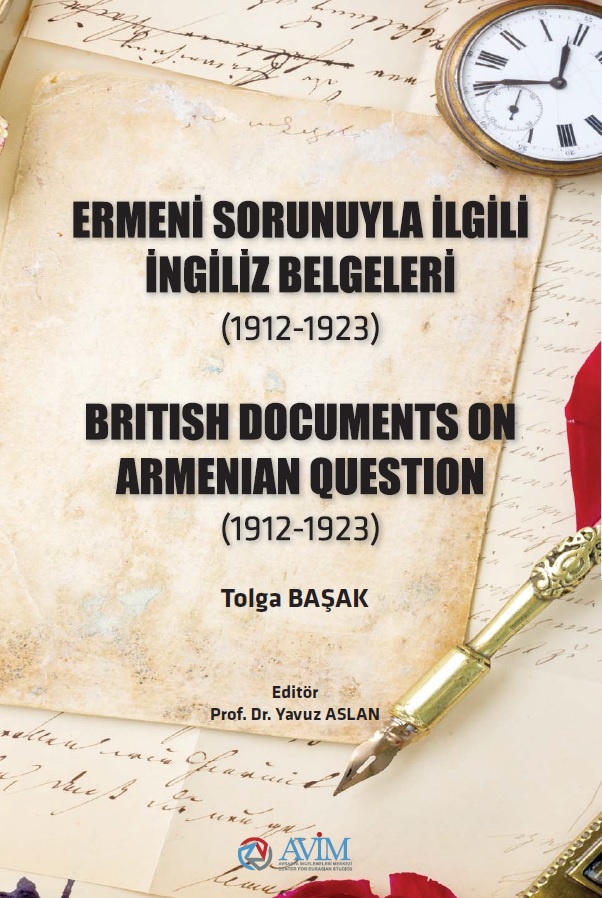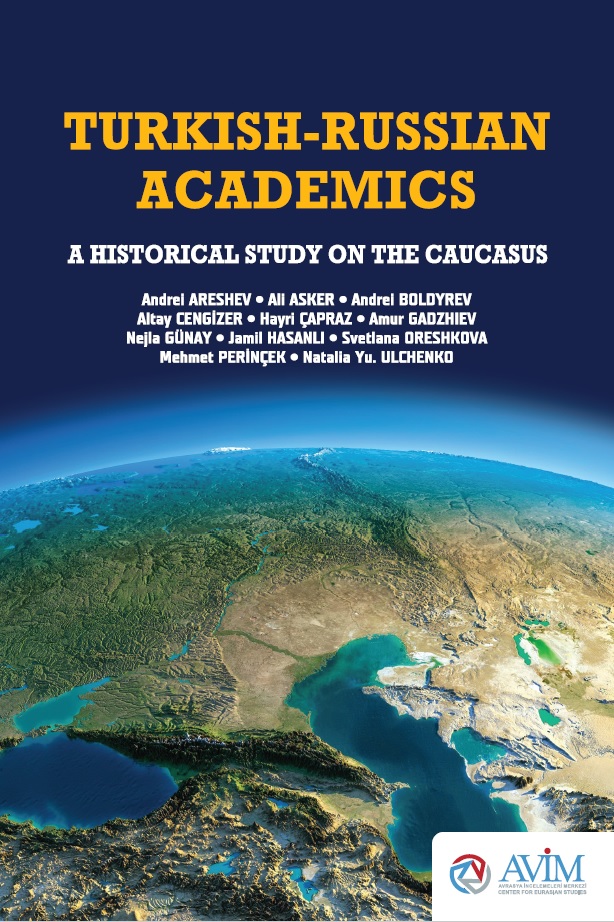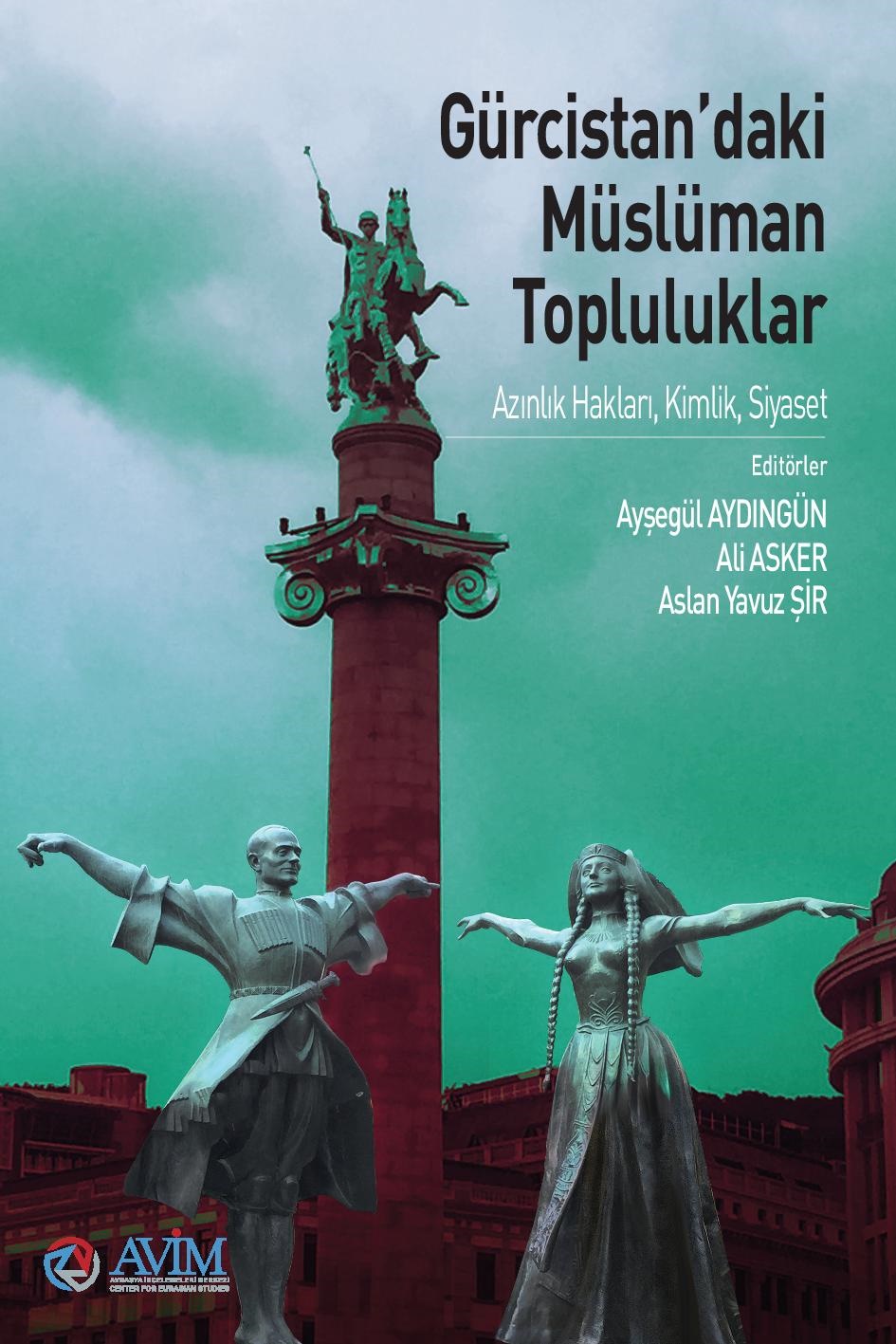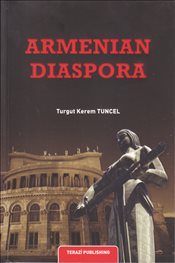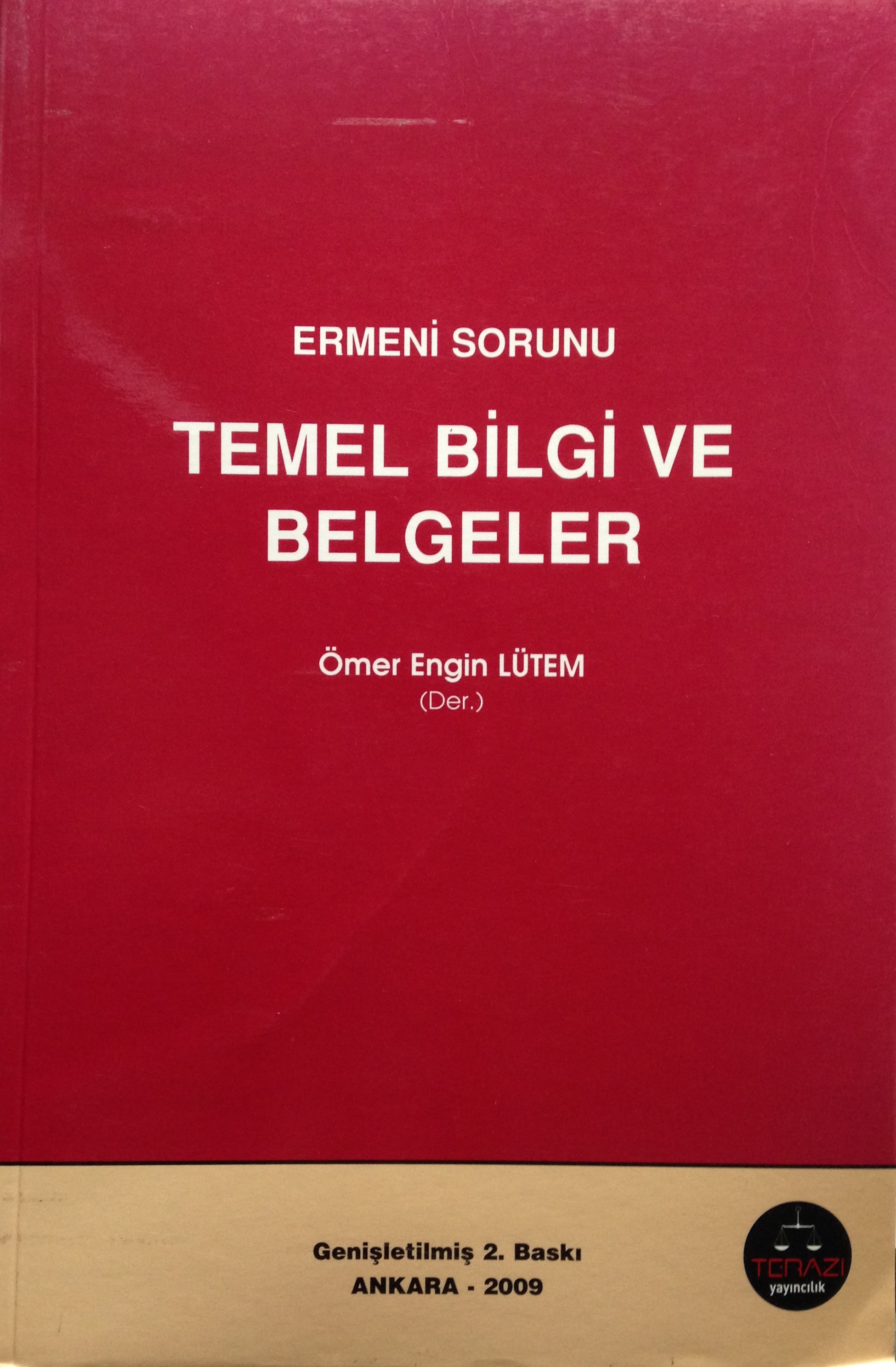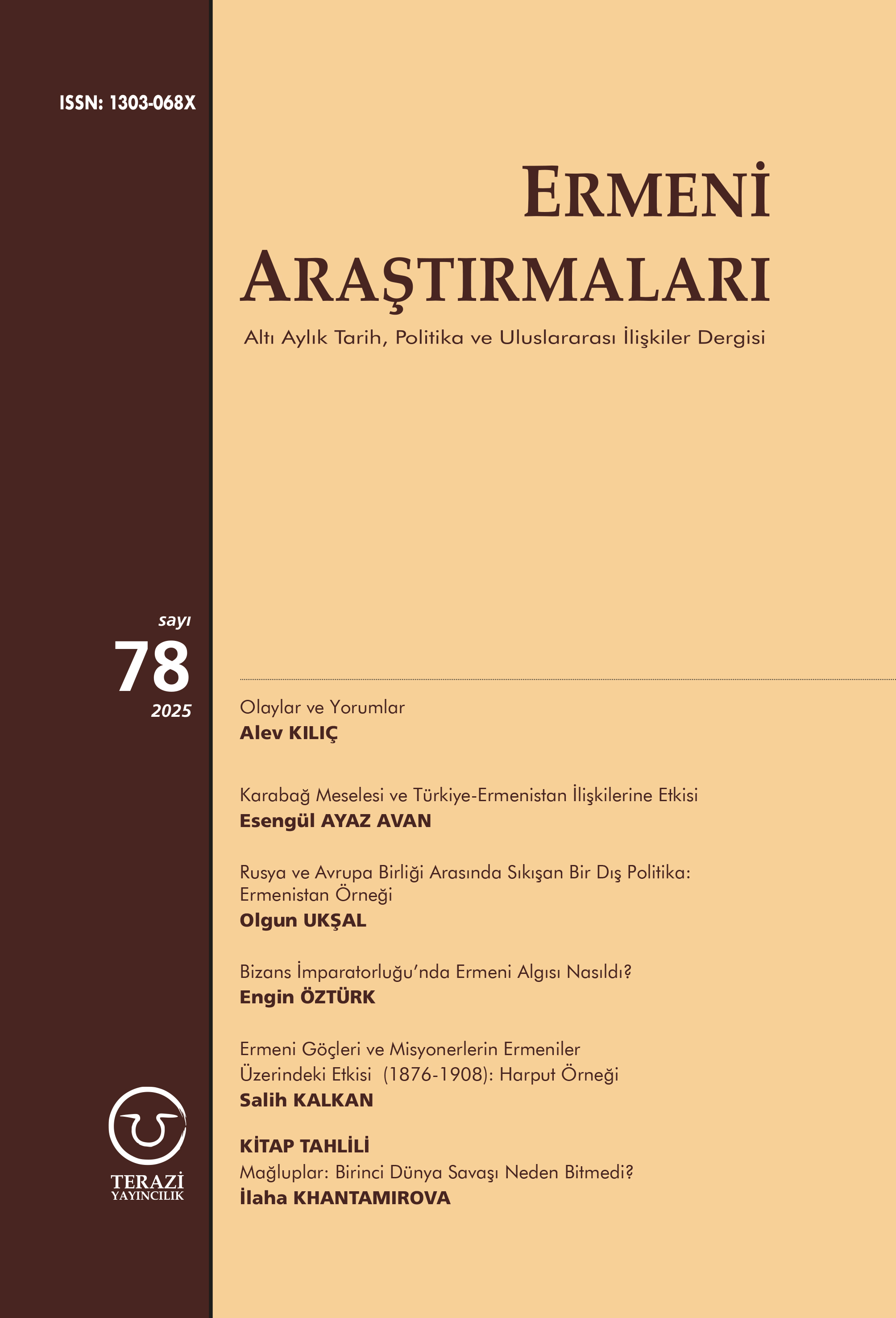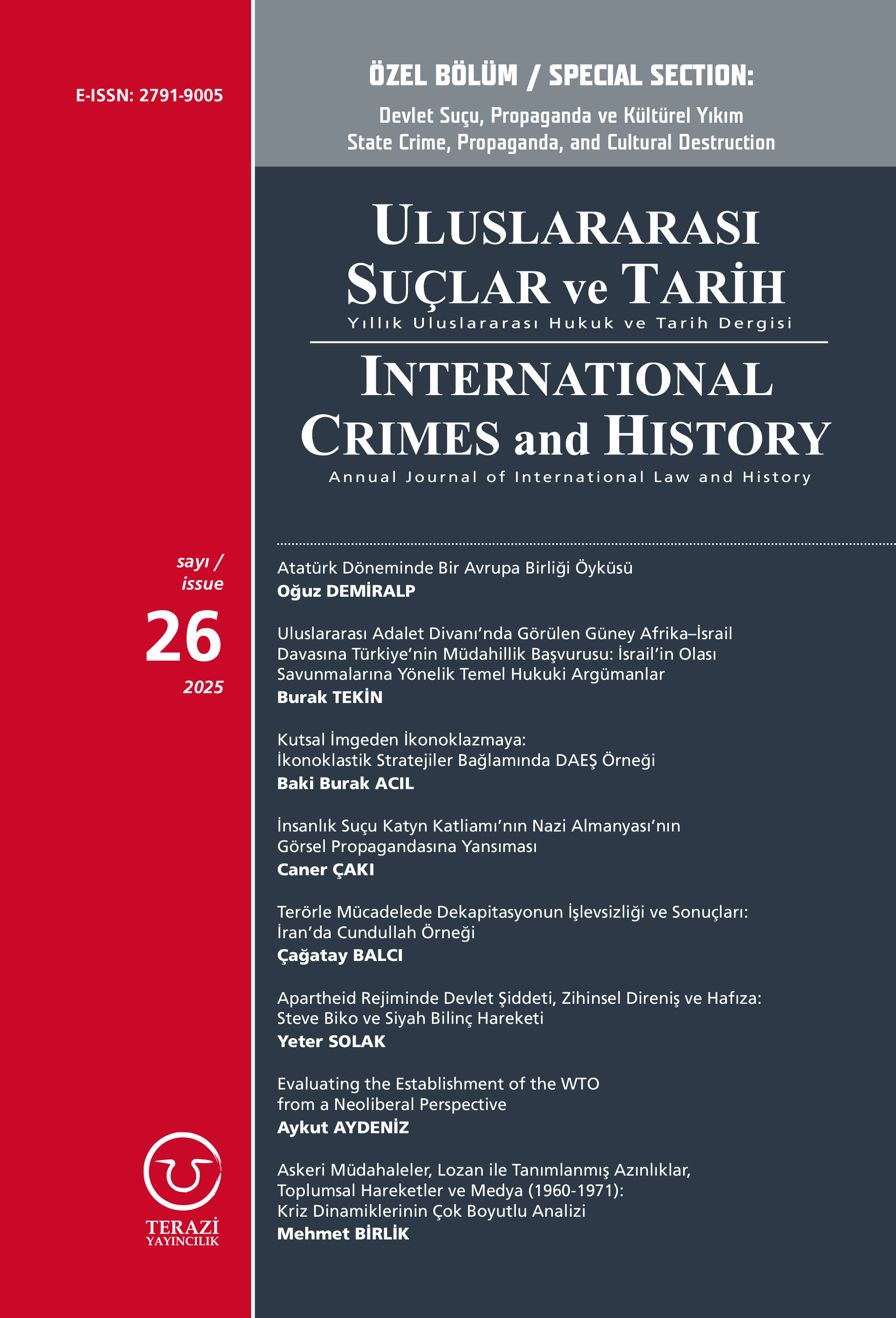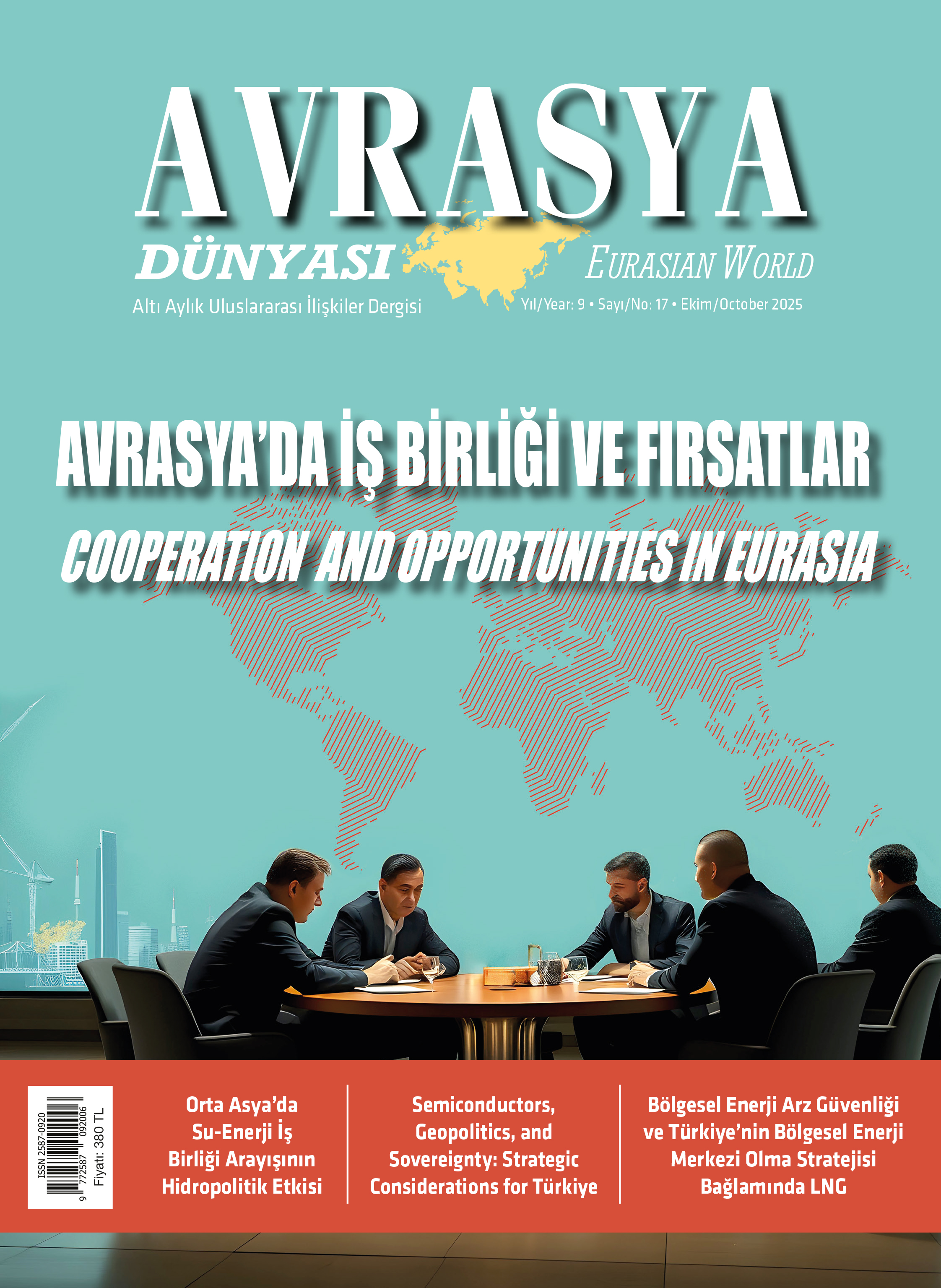
The USC Dornsife Institute of Armenian Studies is planning to hold a lecture by Taner Akçam entitled “Talat Pasha’s Killing Orders and Denial of the Armenian Genocide.” The lecture will undoubtedly be based on Akçam’s latest book “Killing Orders: Talat Pasha’s Telegrams and the Armenian Genocide,” in which Akçam contends that the telegrams and letters that were published about a century ago by Aram Andonian, allegedly on the basis of documents given to him by an Ottoman official named Naim Bey and which were attributed to several high-ranking Ottoman officials, particularly the Ottoman Minister of the Interior Talat Pasha, are in fact genuine and authentic. Akçam moreover argues that book “The Talat Pasha Telegrams: Historical Fact or Armenian Fiction?” which was published in 1983 by Şinasi Orel and Süreyya Yuca and examined the documents in detail and concluded that they must be forged, is full of major mistakes and that authors’ claims on Aram Andonian and the documents themselves were unjustified.
Many detailed critiques of his previous works have established that Akçam is guilty of deliberate mistranslations, selective quotations out of context and other serious violations of scholarly ethics, concluding that his works should be used with great caution. Mistranslating selected words and deliberately inventing contexts to change the meaning of statements characterize his studies.
In this regard, his latest book does not cause a surprise and carries on Akçam’s well-established tradition of distorting his sources. In order to cast doubt on Şinasi Orel and Sureyya Yuca’s work, Akçam first distorts Orel and Yuca’s arguments, then attempts to refute these false arguments that were never advanced by Orel and Yuca to begin with. This is the tactic adopted by Akçam throughout his work.
For instance when discussing whether or not Naim Bey, the person who allegedly gave documents to Aram Andonian, was in fact a real person, Akçam falsely summarizes Orel and Yuca’s arguments as follows: “It was unlikely that there was an individual by the name of Naim Efendi; a non-existent person cannot write a memoir, and such memoir cannot therefore exist.” He then goes on to claim that Naim Efendi was a real person and that the claims of Orel and Yuca were wrong and that the entire book by Yuca and Orel is full of such easily refutable claims. Yet here Akçam once again does distort Orel and Yuca’s words. In reality Orel and Yuca actually wrote the following concerning Naim Bey:
“…it can be said that there are three possibilities regarding Naim Bey:
a) Naim Bey is a fictitious person.
b) Naim Bey is an assumed name.
c) Naim Bey is an actual person.
In these circumstances, it seems impossible to make a definite judgement on whether Naim Bey was an actual person or not.”
As might be seen above, Akçam deliberately and unabashedly misrepresents Orel and Yuca’s statement and then goes on to refute a claim, which was never made by Orel and Yuca.
Similarly when discussing the type of paper on which the Andonian documents were written, Orel and Yuca highlighted the differences the papers used in authentic Ottoman documents and those used in Andonian documents. Akçam misrepresents their argument on this point as well. According to Akçam Orel and Yuca’s “judgment that lined paper ‘cannot be expected to be found in use as official stationary in Ottoman [administrative] offices’ and their use of this fact as evidence of forgery is simply incomprehensible. Lined paper was in fact used within the Ottoman bureaucracy during the period in question…”
Once again Akçam simply distorts what Orel and Yuca actually stated. What they actually wrote was that “Among the ‘documents’, the one numbered 76 was written on a double lined paper and one that does not bear any official signs.” As might be seen, Orel and Yuca do not in any way claim that “a telegram written on a lined paper” is the “proof” that it must have been forged. Orel and Yuca’s main objection is based on the fact that this document was written on a “double lined paper” that “bears no official inscription.” Orel and Yuca raised no objection to the single lined papers that were used as a standard in the encrypted telegrams. When one examines the documents used in Orel and Yuca’s work (in which they even provided the facsimiles of these documents), Akçam’s assertion became ridiculous, putting Akçam in an embarrassing position. Checking Orel and Yuca’s study makes it clear that the encrypted telegrams that Orel and Yuca used from the archive (and produced exact photos of) were written on single lined papers. By distorting Orel and Yuca’s objection concerning “double lined paper”, Akçam argues that they, instead, claimed that “lined paper” was not used by the Ottoman bureaucracy. Only through distorting and twisting the arguments of Orel and Yuca is Akçam able to arrive at the conclusion that their arguments are “incomprehensible” and “entirely wrong.”
One can only wonder why an author would need to distort and misrepresent the arguments of his opponents. Clearly Akçam must be thinking that the available evidence does not support his arguments and in order to make his arguments more convincing, he would have to twist and manipulate the words of those who disagree with him. Otherwise he would not have needed to mistranslate and misrepresent their words.
The rest of Akçam’s book is filled with similar cunning manipulations to buttress his main thesis. The examples provided above, however, clearly demonstrates that Akçam has long crossed the line separating a scholar from a propagandist and that the merits of his works should be considered in this light.
© 2009-2025 Center for Eurasian Studies (AVİM) All Rights Reserved

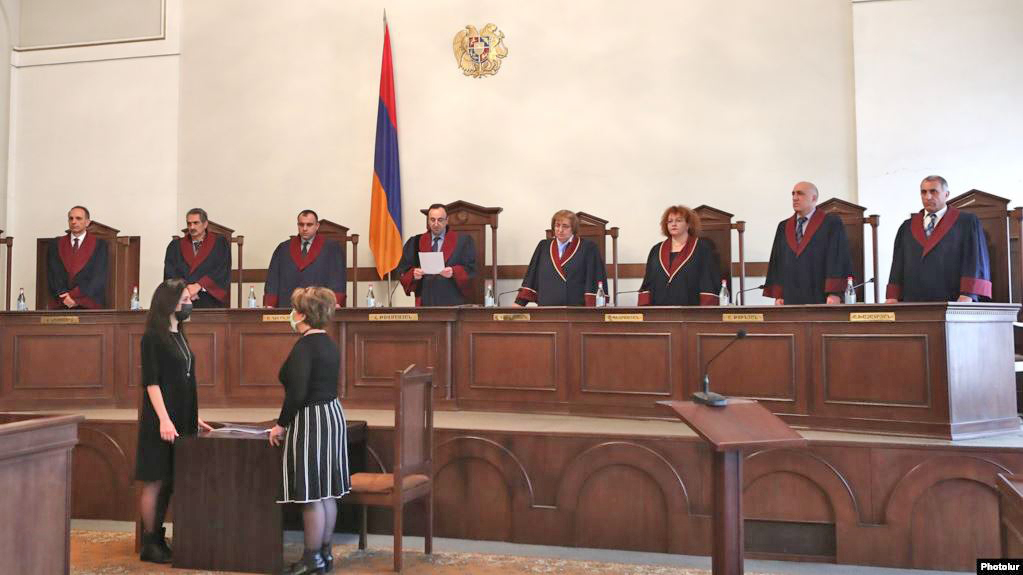 CONSTITUTIONAL CRISIS IN ARMENIA
CONSTITUTIONAL CRISIS IN ARMENIA
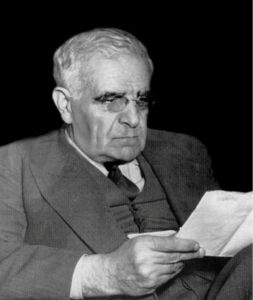 THE OTHER SIDE OF THE COIN: 24 APRIL
THE OTHER SIDE OF THE COIN: 24 APRIL
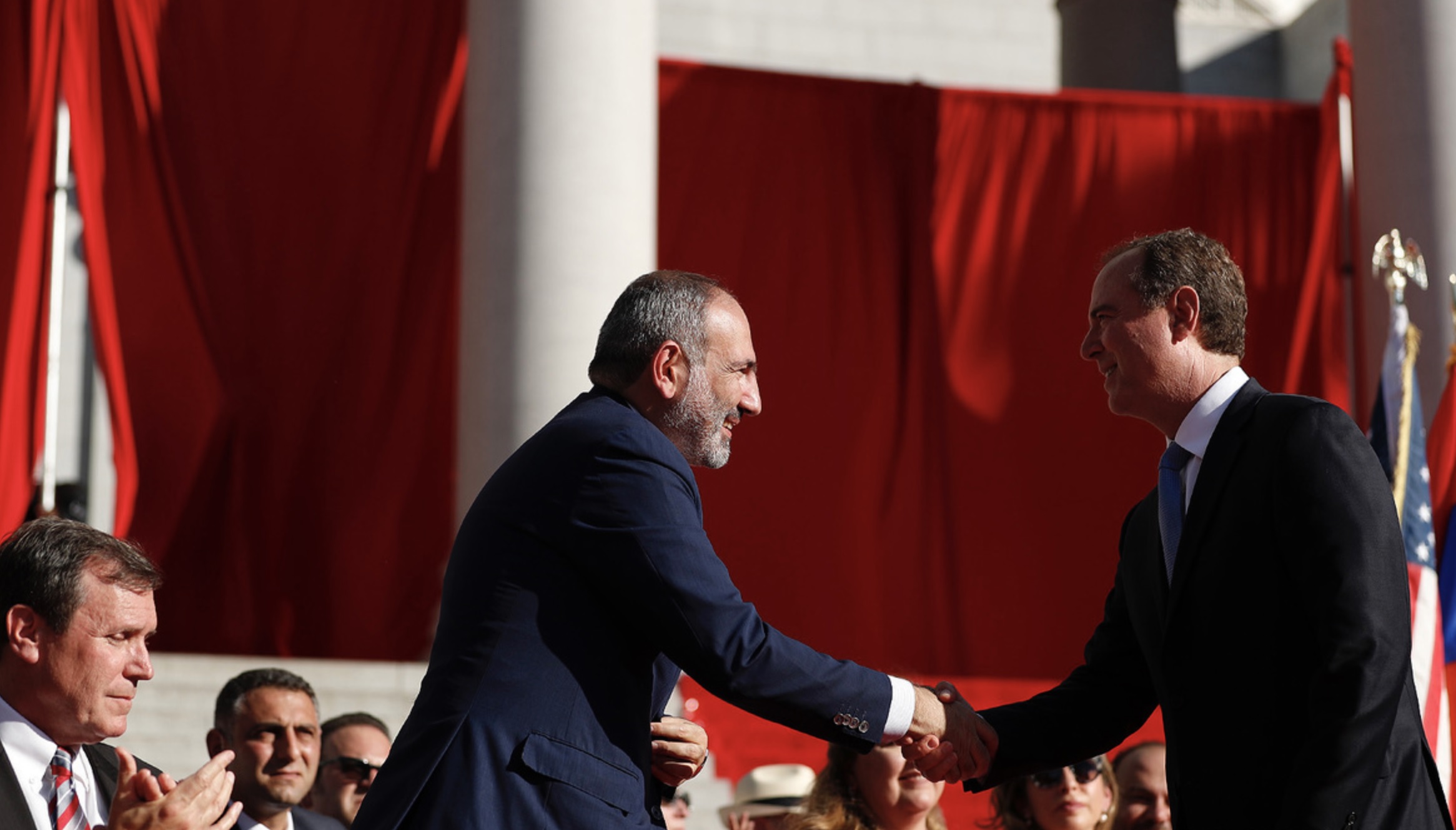 AMERICA ON THE WANE: THE HOUSE OF REPRESENTATIVES DISGRACES ITSELF AND LOSES CREDIBILITY
AMERICA ON THE WANE: THE HOUSE OF REPRESENTATIVES DISGRACES ITSELF AND LOSES CREDIBILITY
RCEP AND ITS SIGNIFICANCE FOR THE SIGNATORY COUNTRIES FROM THE AUSTRALIAN PERSPECTIVE
 RENEWED EFFORTS TO MANIPULATE PUBLIC AND SCHOLARLY DISCOURSES ON THE ARMENIAN QUESTION BY FINANCIAL MEANS
RENEWED EFFORTS TO MANIPULATE PUBLIC AND SCHOLARLY DISCOURSES ON THE ARMENIAN QUESTION BY FINANCIAL MEANS
 A GREEK PONTUS TV DRAMA MAKES MOCKERY OF HISTORICAL FACTS
A GREEK PONTUS TV DRAMA MAKES MOCKERY OF HISTORICAL FACTS
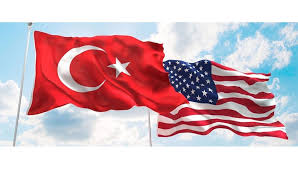 THE CLAIMS AGREEMENT BETWEEN TURKEY AND THE UNITED STATES OF AMERICA SIGNED AT ANKARA, 25 OCTOBER 1934 AND ITS LEGALLY BINDING IMPACT ON COMPENSATION CLAIMS OF US CITIZENS OF ARMENIAN DESCENT
THE CLAIMS AGREEMENT BETWEEN TURKEY AND THE UNITED STATES OF AMERICA SIGNED AT ANKARA, 25 OCTOBER 1934 AND ITS LEGALLY BINDING IMPACT ON COMPENSATION CLAIMS OF US CITIZENS OF ARMENIAN DESCENT
THE DRAFT RESOLUTION IN THE US REGARDING THE CHURCHES AND PROPERTIES IN TURKEY AND THE TURKISH REPUBLIC OF NORTHERN CYPRUS
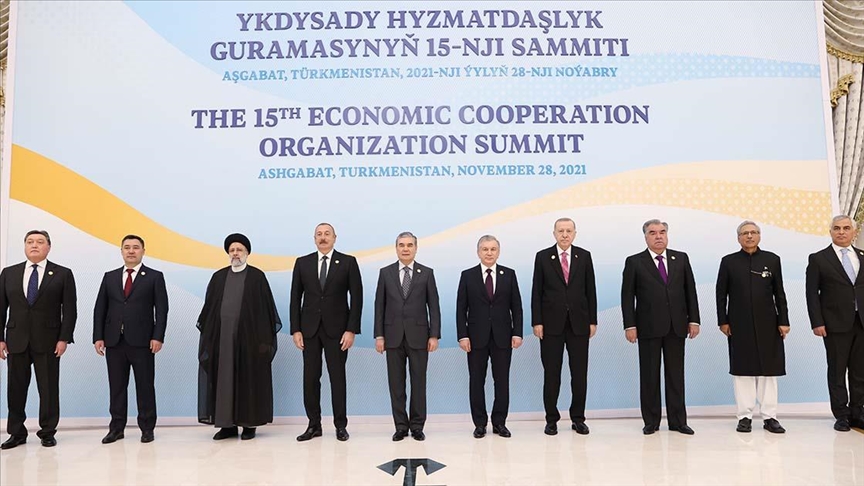 15TH SUMMIT OF LEADERS OF THE ECONOMIC COOPERATION ORGANIZATION
15TH SUMMIT OF LEADERS OF THE ECONOMIC COOPERATION ORGANIZATION


